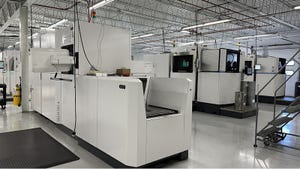Sign up for the Design News Daily newsletter.
Thomas W. Manning created an automatic switch that uses a solid state relay to adjust the florescent lights in his garage automatically.
April 17, 2013
1 Min Read
Thomas W. Manning created an automatic switch that uses a solid state relay to adjust the florescent lights in his garage automatically.
You May Also Like



